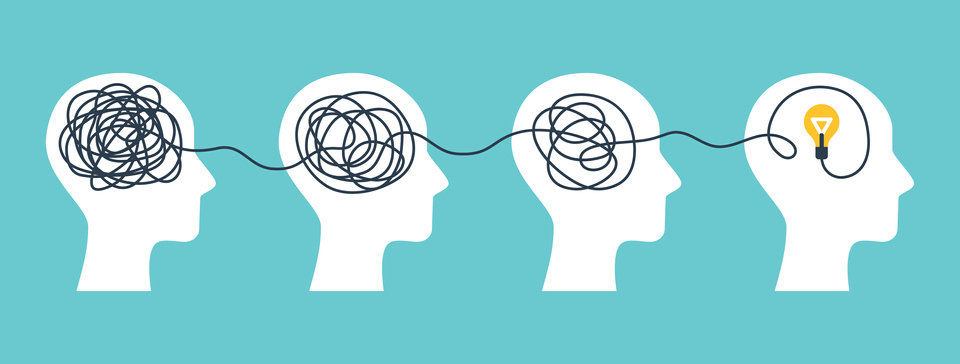
Metacognition is a tricky customer. It is currently somewhat of an educational zeitgeist, with the term popping up all over training programmes, blogs and improvement plans. However, despite this rockstar status, its rewards often remain tantalisingly out of reach.
The reason for this gulf between potential and reality is its perceived complexity and intangible nature. A large body of research evidence stretching back to the 1970s draws teachers in by promising a transformational impact on learning. However, how to turn these principles into practical classroom strategies can be unclear, leading to these dramatic effects remaining unrealised.
Having wrestled with the implementation of metacognition for several years, the fog is now starting to lift and I have begun to see both why metacognitive interventions can stall, and where perhaps we should be focusing our efforts. The starting point must be grasping the fundamental principles. Once these are understood, where and how to intervene as a teacher starts to become more obvious.
Simply put, metacognition is about how learners plan, monitor and evaluate their learning.
Commonly, it is referred to as ‘thinking about thinking’. However, that definition fails to address the purposefulness of metacognitive thought. Idly thinking about the thoughts drifting through your mind does not aid learning. For it to be genuinely metacognitive, then the thinking needs to be purposefully directing children's choices in relation to their learning.
To exemplify this, we could use the example of a Year 7 student and a spelling test. Leading up to the test, the student may display metacognitive thinking in how they prepare. Knowing that retrieval practice is a useful strategy, they might use flashcards to test themselves. If they understand themselves and know their own changes in motivation at different times of the day, they might also choose to practice before dinner to ensure they were at their most focused.
Metacognitive thought could also take place during and after the test. While completing it, the student may be monitoring the success of their preparation as they notice that they are confident with spelling several words they kept getting wrong while practising.
After the test, they may evaluate by recognising that it had gone better than a previous test for which they had not used flashcards. They would then alter their behaviour based on this.
The metacognitive part here is how the student thinks about, and crucially makes deliberate choices about their learning. This makes them a self-regulating learner. Metacognition is one part of this.
To be self-regulating, you also need the cognitive strategies (such as flashcards) to regulate and the motivation to do so. If any one of these elements is missing, self-regulation will not happen. This is because we can’t think metacognitively about what we don’t know, and if we can’t be bothered to engage with something, then the self-regulation process will never start.
What then, should we be doing to build this sort of thinking in the children we teach? Ultimately it is about two things: showing them what this sort of thinking looks like, and then finding ways to elicit those thoughts in them. Two of the best bets for this are metacognitive modelling and questioning.
When modelling processes, we also model our thinking, unpacking the thought processes of an expert alongside our instructions of what to do. It’s not just ‘And next you do this’, but also ‘What I’m thinking about at this point is…’.
Furthermore, when asking questions, we not only ask for the recall of knowledge or check understanding, we also ask questions that require students to consider the purpose of the activity. Questions such as ‘Why do we do tasks such as this?’ incorporated into habitual practice can start to build the sort of thinking we need students to engage in to become self-regulating learners.
To meet the challenge of implementing metacognition effectively takes a shift in our approach that adds an extra nuance to our teaching. However, the rewards of getting this right make it worth the effort.
Metacognition and self-regulation resources you might like:
Watch Chris Runeckles' webinar video and download his PowerPoint on Mobilising metacognition.
Learning to learn: how do you learn best?
Learning to learn: exercise your brain!
Approaches to thinking in the classroom
This article was first published as a Teachit talks newsletter in 2022.
